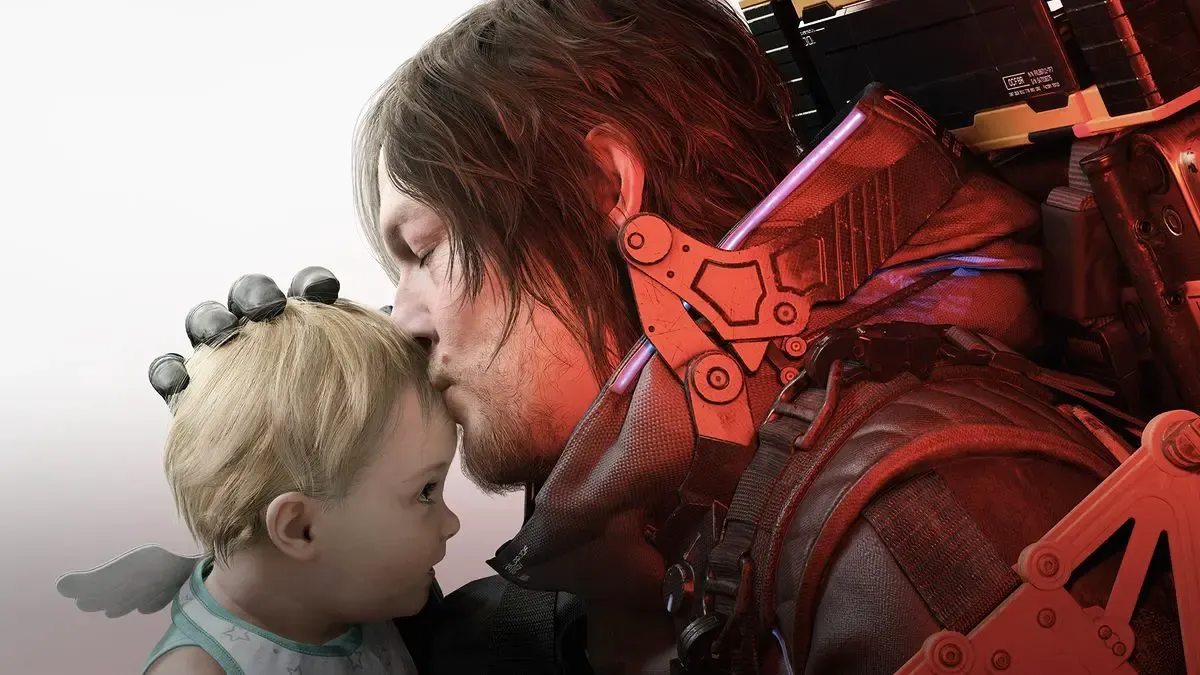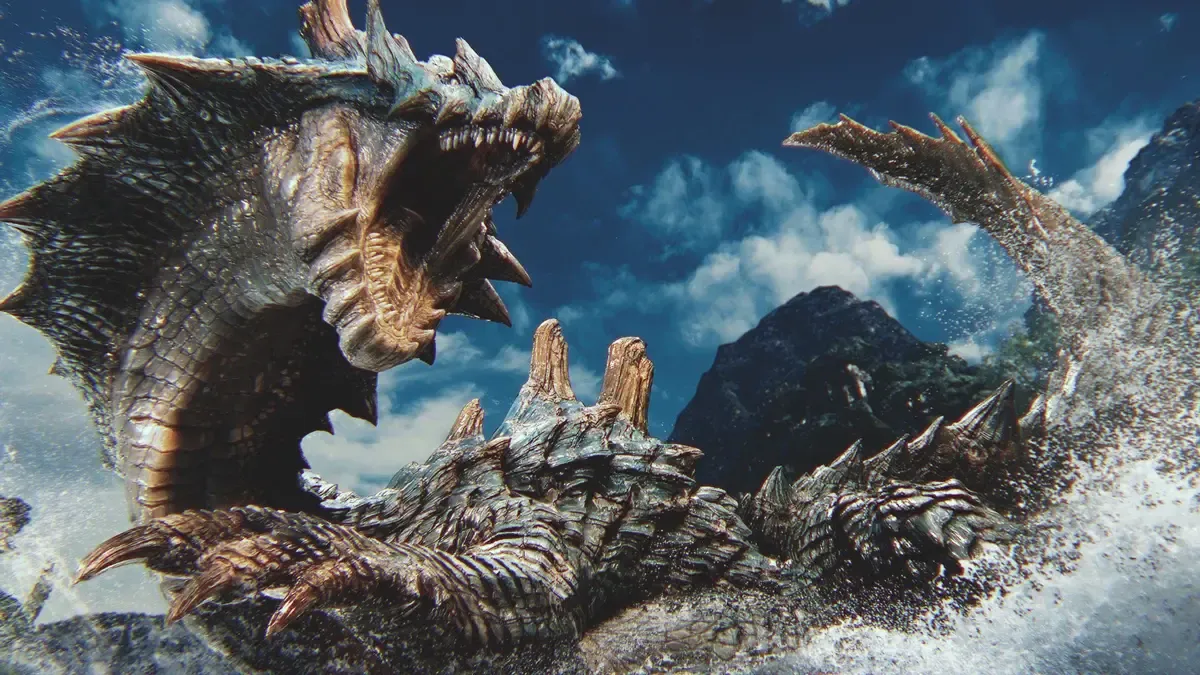Images: Riot Games
GosuGamers sat down with LoL execsPaul Bellezza and Pu Liu as they reflect on League's past and the game's journey into the future.
As League of Legends (LoL) approaches its 15th anniversary, the game’s journey from a small team of 10 employees to one of the world’s most-played PC games has been anything but smooth, yet undoubtedly rewarding for both developers and players alike.

GosuGamers spoke with Paul 'Pabro' Bellezza, Executive Producer for LoL, and Game Director Pu 'Pupulasers' Liu, who shared their insights into the game’s evolution, the challenges they’ve faced, and the lasting connection between the game and its community. Paul, one of Riot Games' original employees, has played a key role in shaping this iconic MOBA.
From concept to global phenomena
The early days of LoL were marked by ambition, uncertainty, and a drive to create something unique.
Before the game’s launch, Paul shared that the team could only dream of a future where their game might be played professionally and watched by global audiences, much like Starcraft at the time.
“We would say, ‘Wow, could you imagine, one day our game [is] being watched by people in person, or online? Like, wow! That would be nice,” Paul shared.
“And eventually we did that, with our esports scene and building that out over the years. We’ve kind of seen this global phenomenon occur. And when I think back on those early days, I think… it’s just kind of humbling to see where it’s gone today.”
The birth of two-week patch cycles
According to Paul, one of the pivotal decisions that shaped the game's identity was the implementation of a two-week patch cycle.
“I remember thinking, ‘Wow, that’s really ambitious!’ and it’s something we still do to this day…it’s kind of made us who we are today,’ Paul shared.
This rapid update schedule was unprecedented for live service games and quickly became a defining feature of League.
The Early Struggles: Building While Flying
In the years following its release, League of Legends experienced explosive growth, with player numbers skyrocketing.
Managing this growth became a test of endurance for the team, who were constantly working to keep up with the demands of a live service game. From balancing the servers to releasing new champions, the pace was relentless.
“There were times we felt like we were flying the plane while building it,” Paul remarked, recalling the whirlwind of updates, character releases, and balancing issues.
Silver Scrapes
One of the struggles Paul clearly remembered was at Worlds 2012. “The internet went out during the match between two teams and we all had to rush to figure that out, that was during the semifinals.”
During this time, the song Silver Scrapes was playing on loop in the stream—but the wait was quite long that at some point, people just started vibing to it. It had such a mark in LoL esports in its infancy at the time that it became kind of like the Worlds 2012 anthem.
“By the finals, within 48 hours, we built this tournament in a box server where we could run the tournament from a server that we had physically at the location of the event and we didn’t have that (before),” he said.
Since then, as a tribute, every time a best-of-five reaches its fifth and final game, Silver Scrapes is played as a tribute to build hype around the final game and to remember how far esports has gone.
“Sometimes I get stressed thinking about it, but sometimes I look back with nostalgia of how just crazy it was,” Paul added with a laugh.
For every moment of greatness, there were moments of great stress
The infamous launch of the champion Yorick is a prime example: a glitch in his ultimate ability crashed the servers on release, throwing the team into chaos.
“For every character like Jinx and Thresh, who had a lot of gameplay flexibility and they’re beloved characters—we also have mistakes, and I don’t just mean from a design point of view,” said the LoL Executive Producer, emphasing how sometimes, updates would “blow up live.”
“When we launched Yorick the first time? He had a resurrection ultimate, and we literally broke the servers the day he released.”
Yorick launched in 2011, and whenever he used his resurrection ultimate, it would instantly kill everybody on an infinite loop and eventually crashed the servers.
“We had to scramble to fix [it] because we were moving so fast.”
These moments of intense pressure and problem-solving defined the team’s early, scrappy beginnings as they navigated uncharted territory.
The Role of the Community in Shaping the Game
From the start, player feedback has been crucial in shaping League of Legends. Frequent patches and an open dialogue with the community have been central to the game’s longevity.
“As players ourselves, we know what it felt like when a developer listens to you and doesn’t listen to you,” Paul shared. “We wanted to make sure that we always listen to players. We took that seriously… whether it’s customer support, balance issues, or just interacting with the community. We still allow developers to talk to the community directly.”
Localization was another key decision to ensure that players worldwide felt the game belonged to them.
“Whether it’s VO, casting, or top-tier player support in their language, it helps people feel like the company listens and goes the extra mile,” Paul added.
According to him, international teams work closely with players to make the game more approachable globally, which has been a deliberate part of its success.
Player Stories: More Than Just a Game
As some Paul shared a story from the past about the impact League of Legends had on a player and his family.
“There was this video, it was about this person expressing their love for League—and not just the game. He said, ‘It’s the way I connect with my family. I play it with my brothers, my sisters, my cousins. We’re spread out across the U.S., but we get together on certain nights and play.’ That’s how they’ve stayed connected and grown as a family.”
The emotional impact of that story stayed with Paul. “This is more than just a game to some people. It’s a way people stay connected. That’s an incredible honor.”
Pu Liu also shared a story that resonated with him before he started working at Riot, involving the Make-A-Wish Foundation.
Riot collaborated to create Dark Star Cho’Gath for a child who had cancer named Bryan.
From the outside, it was extremely humbling, a huge privilege for the developers. To think a child found your game so important that it became their wish—that’s just amazing.”
According to the update in the video 2 years ago, Bryan is already cancer-free and has graduated from an elite university.
“This is something that people truly love and something that inspires them in their lives. And so we take that very seriously,” Pu shared.
“ And so there's so many stories, and I'm really excited for the world to see some of the players stories that will be showcasing, as we roll out, this 15th anniversary.
And to celebrate League of Legends’ 15th anniversary, Riot will be launching “LoL Player Days” on the 9th of October, where fans can also enjoy some Player Day skins. More details about LoL player days here.







